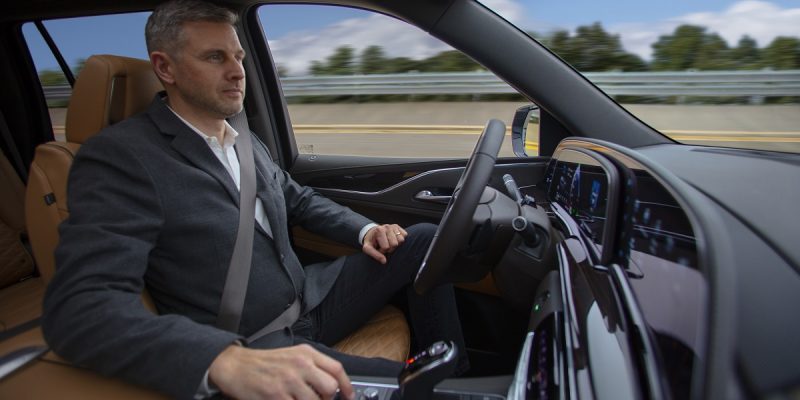Facing up the driverless-car barriers
Over the next decade connected and autonomous vehicles (CAVs) are expected to generate millions of dollars for the global economy.
At least, that’s what’s currently predicted by many people in the industry. Yet the expectation that they will be on our roads next year in 2021 is considered to be too optimistic with human drivers still seen at the steering wheel of most vehicles. Daphne Leprince-Ringuet writes in her March 2020 article for CNET, For self-driving cars, winter is coming, and its introduction says: “We’ve been promised connected and autonomous cars for several years but the delivery date seems to be ever-further in the future.” She points out that despite big promises “drivers are still very much to be found at the steering wheels of the cars currently roaming the streets around us.”
Beyond the hype
So, what is the reality beyond the hype? Steve New, associate professor in operations management at Saïd Business School, University of Oxford, thinks much of what’s happening depends on how you define the terms ‘fully autonomous’ and ‘road’.
He explains: “If the first means something you can jump into, punch in a postcode or say ‘take me to Auntie Mabel’s house’ and then sit back and read a novel, and ‘road’ means normal roads… then we’re many, many years away. I’d guess a decade at least and probably more. Maybe not at all.
“The reason is that the pure ‘robotics’ issues are only part of the puzzle. There are humongous issues to be addressed alongside the technical challenges: infrastructure, insurance, testing, and the environmental cost (the environmental cloud computing costs to run the vehicles are not negligible). These are issues that proceed at a slower pace than technical development, so I think the timelines often discussed in the media (e.g. the Zenzic roadmap) are rather heroic. These issues also, necessarily, will need to be resolved mostly at an international level and so there’s a lot of politics to get through too.”
Success stories
Yet there are signs of autonomous success stories, such as the experimental public transport pods that are trundling around at low speeds in Milton Keynes. He thinks they might arrive quite quickly.
However, he underlines that a substantive roll-out of what people consider to be autonomous vehicles is much more distant a prospect. “There’s a similar gigantic leap from a car trundling along in a relatively empty and calm motorway, to coping with complex traffic conditions, erratic pedestrians, bad weather, poor light and roadworks,” he stresses.
To read the complete article, visit TU-Automotive.

















